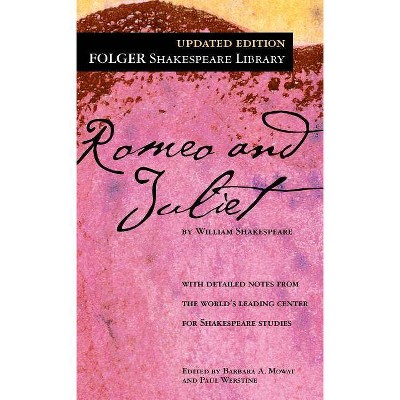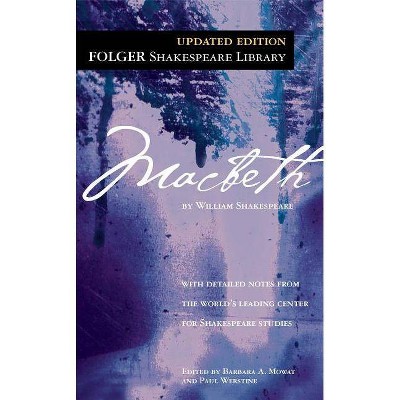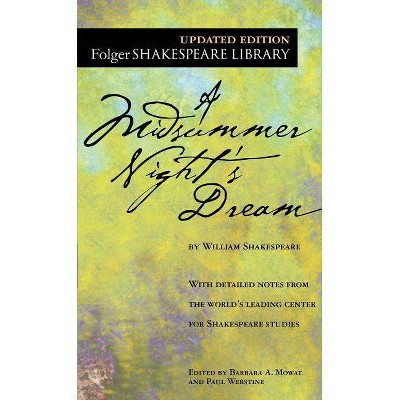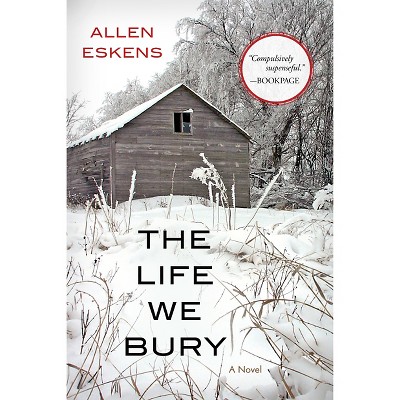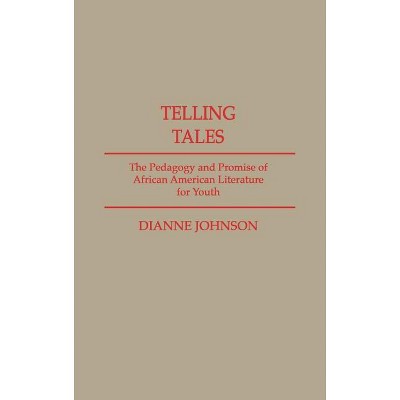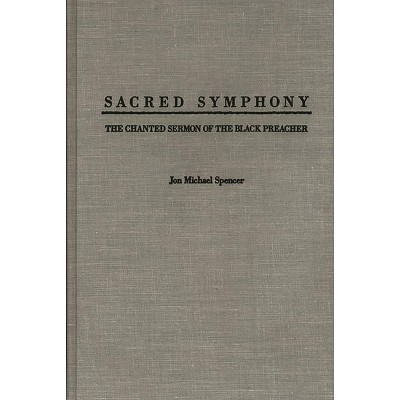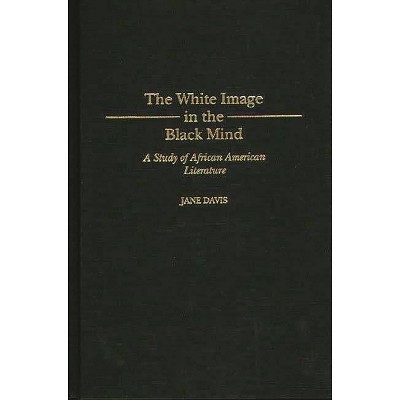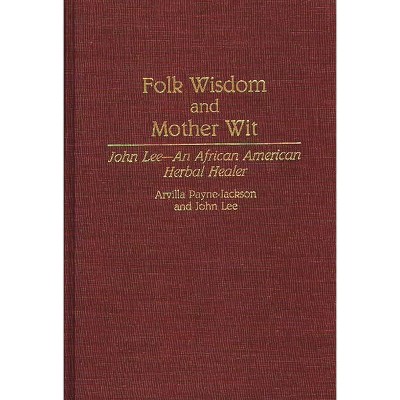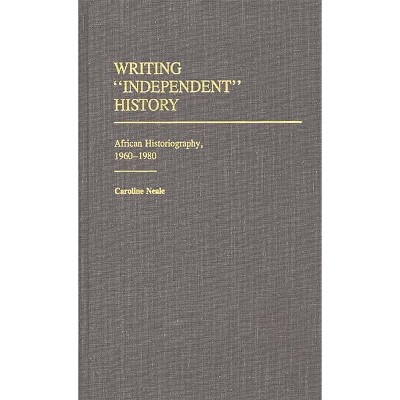Sponsored

Their Place on the Stage - (Contributions in Afro-American and African Studies: Contempo) by Elizabeth Brown-Guillory (Hardcover)
In Stock
Sponsored
About this item
Highlights
- This study succinctly views some works of nine black women playwrights, who flourished between 1916 and 1935, and explores--in some detail--some characteristics of selected plays of Alice Childress, Lorraine Hansberry, and Ntozake Shange. . . .
- About the Author: ELIZABETH BROWN-GUILLORY is an Associate Professor of English at the University of Houston.
- 177 Pages
- Drama, American
- Series Name: Contributions in Afro-American and African Studies: Contempo
Description
About the Book
This study succinctly views some works of nine black women playwrights, who flourished between 1916 and 1935, and explores--in some detail--some characteristics of selected plays of Alice Childress, Lorraine Hansberry, and Ntozake Shange. . . . This is a well-conceived, well-researched, well-written study. Especially useful are Brown-Guillory's careful definition of terms and her clearly pointing out the directions in which she is heading. American Literature
Brown-Guillory's study is a reference work important to anyone studying black women playwrights, or black drama. Her ideas and terminology describing these playwrights are well-reasoned, and her analysis of symbolism and its place in Western and African traditions is well-supported. Black American Literature Forum
This important contribution to African American and women's studies analyzes the dramatic works of America's black women playwrights. The plays of such writers as Alice Childress, Lorraine Hansberry, and Ntozake Shange are examined in light of the tradition from which they emerged. Brown-Guillory begins by tracing the development of African American theatre with its roots in African theatrics, then moves on to discuss women playwrights of the Harlem Renaissance such as Angelina Weld Grimke, Alice Dunbar-Nelson, Georgia Douglas Johnson, May Miller, Mary Burrill, Myrtle Smith Livingston, Ruth Gaines-Shelton, Eulalie Spence, and Marita honner. Though rarely anthologized and infrequently made the subject of critical interpretation, asserts the author, the plays of these early twentieth-century black women offer much to the American theatre in the way of content, tonal and structural form, characterization, as well as dialogue, and were instrumental in paving a way for black playwrights from the 1950s to the present.
Book Synopsis
This study succinctly views some works of nine black women playwrights, who flourished between 1916 and 1935, and explores--in some detail--some characteristics of selected plays of Alice Childress, Lorraine Hansberry, and Ntozake Shange. . . . This is a well-conceived, well-researched, well-written study. Especially useful are Brown-Guillory's careful definition of terms and her clearly pointing out the directions in which she is heading. American Literature
Brown-Guillory's study is a reference work important to anyone studying black women playwrights, or black drama. Her ideas and terminology describing these playwrights are well-reasoned, and her analysis of symbolism and its place in Western and African traditions is well-supported. Black American Literature Forum This important contribution to African American and women's studies analyzes the dramatic works of America's black women playwrights. The plays of such writers as Alice Childress, Lorraine Hansberry, and Ntozake Shange are examined in light of the tradition from which they emerged. Brown-Guillory begins by tracing the development of African American theatre with its roots in African theatrics, then moves on to discuss women playwrights of the Harlem Renaissance such as Angelina Weld Grimke, Alice Dunbar-Nelson, Georgia Douglas Johnson, May Miller, Mary Burrill, Myrtle Smith Livingston, Ruth Gaines-Shelton, Eulalie Spence, and Marita honner. Though rarely anthologized and infrequently made the subject of critical interpretation, asserts the author, the plays of these early twentieth-century black women offer much to the American theatre in the way of content, tonal and structural form, characterization, as well as dialogue, and were instrumental in paving a way for black playwrights from the 1950s to the present.Review Quotes
?This is the first book-length study of black American women playwrights. It will be useful to scholars in the fields of black and women's literature and an excellent source of background reading in graduate and undergraduate courses on American women playwrights. The author's training as both a scholar and a playwright is evident in this book. The study begins with a brief discussion of the African origins of African American theater. It then moves into an analysis of the many women playwrights of the Harlem Renaissance who are rarely mentioned in most literary studies of the era. In the third chapter the focus narrows on the three playwrights who constitute the core of the study: Lorraine Hansberry, Alice Childress, and Ntozake Shange. In addition to a discussion of each of their major plays, Brown-Guillory analyzes the tonal and structural forms of their plays and the images of blacks each woman creates. The three playwrights are linked in this study by their portrayal of the black struggle in an inhumane society and by their common focus in the spirit of survival' of African Americans. Several major black women playwrights, such as Adrienne Kennedy, are not included in this discussion, but through her work Brown-Guillory has nonetheless sounded a call for more studies of this topic.?-Choice
"This is the first book-length study of black American women playwrights. It will be useful to scholars in the fields of black and women's literature and an excellent source of background reading in graduate and undergraduate courses on American women playwrights. The author's training as both a scholar and a playwright is evident in this book. The study begins with a brief discussion of the African origins of African American theater. It then moves into an analysis of the many women playwrights of the Harlem Renaissance who are rarely mentioned in most literary studies of the era. In the third chapter the focus narrows on the three playwrights who constitute the core of the study: Lorraine Hansberry, Alice Childress, and Ntozake Shange. In addition to a discussion of each of their major plays, Brown-Guillory analyzes the tonal and structural forms of their plays and the images of blacks each woman creates. The three playwrights are linked in this study by their portrayal of the black struggle in an inhumane society and by their common focus in the spirit of survival' of African Americans. Several major black women playwrights, such as Adrienne Kennedy, are not included in this discussion, but through her work Brown-Guillory has nonetheless sounded a call for more studies of this topic."-Choice
About the Author
ELIZABETH BROWN-GUILLORY is an Associate Professor of English at the University of Houston. Her award-winning plays Bayou Relics and Snapshots of Broken Dolls, which was produced at Lincoln Center in New York City in 1986, have been published by Contemporary Drama Service. Currently, she is editing an anthology, Wines in the Wilderness: Plays by Black Women From the Harlem Renaissance to the Present (Greenwood Press, forthcoming).
